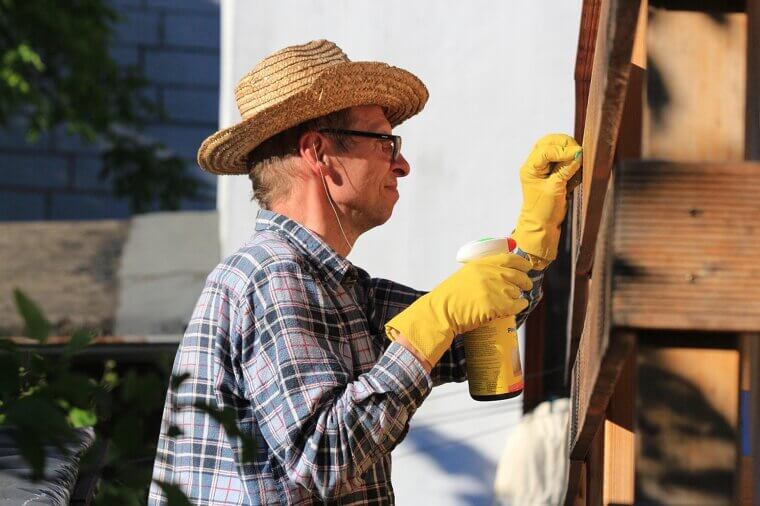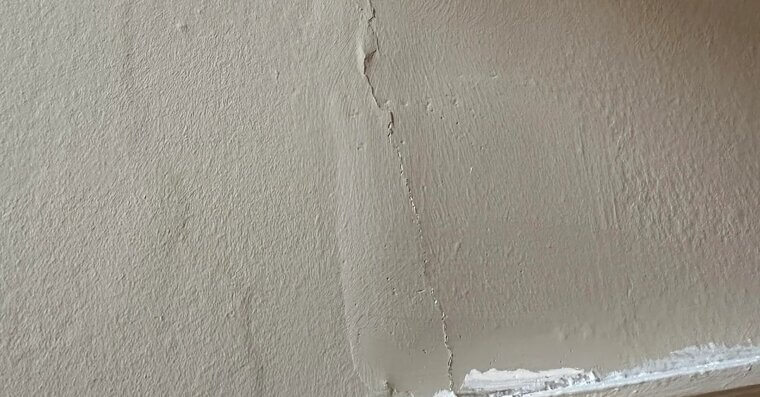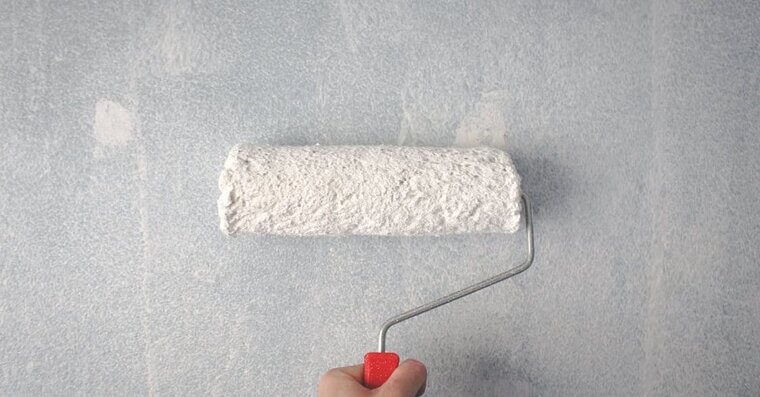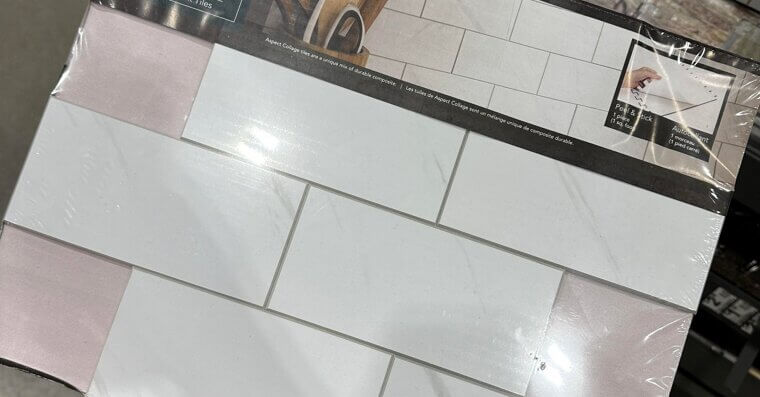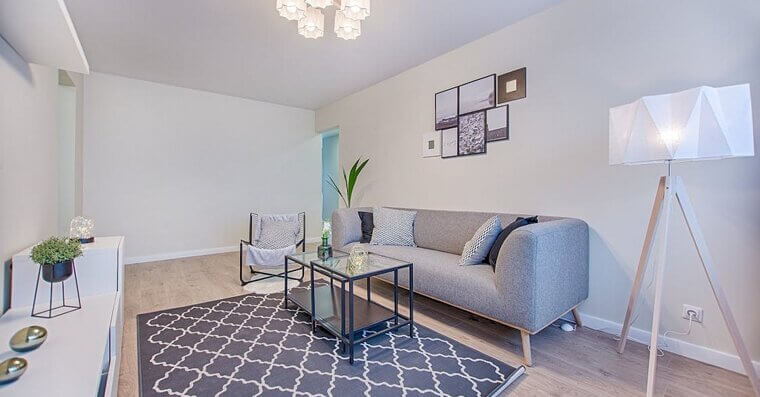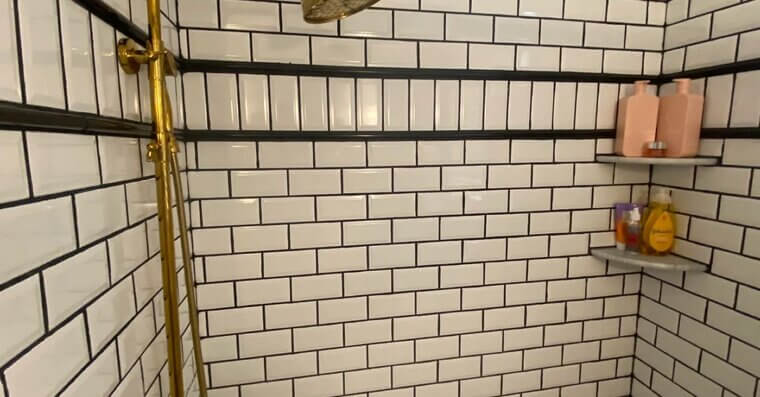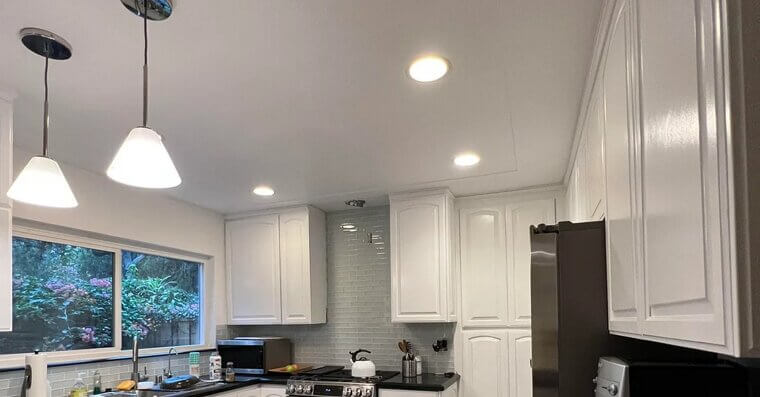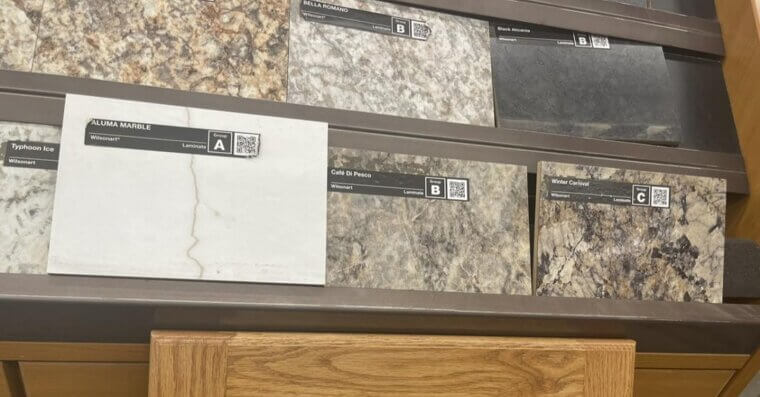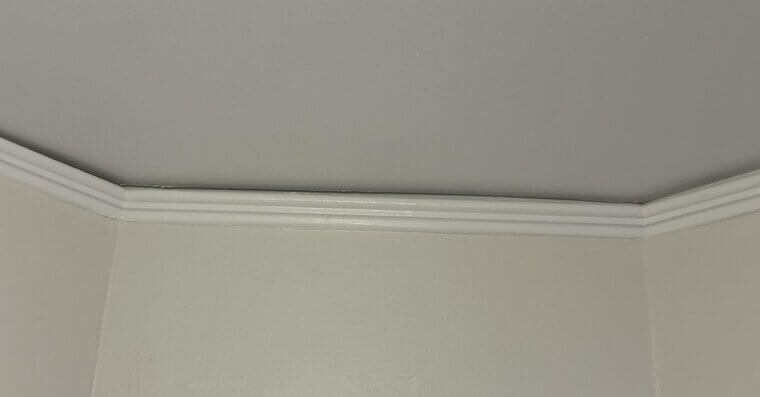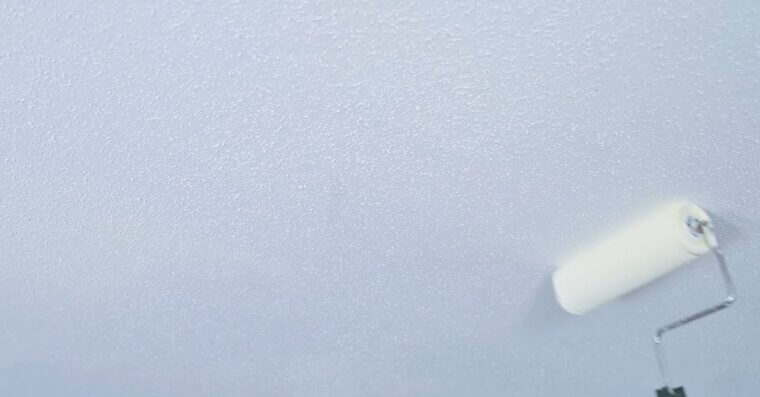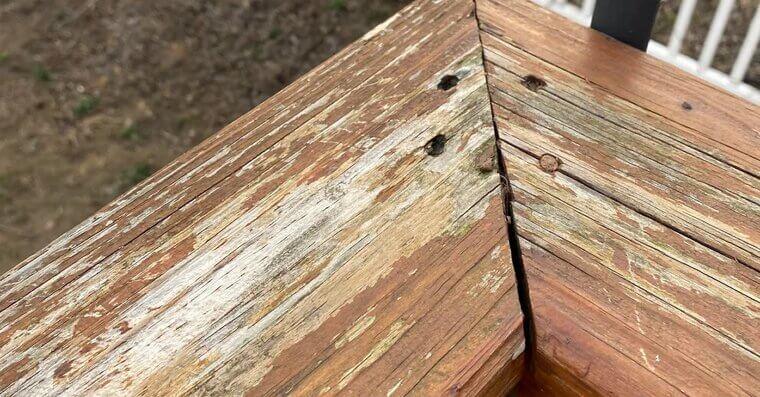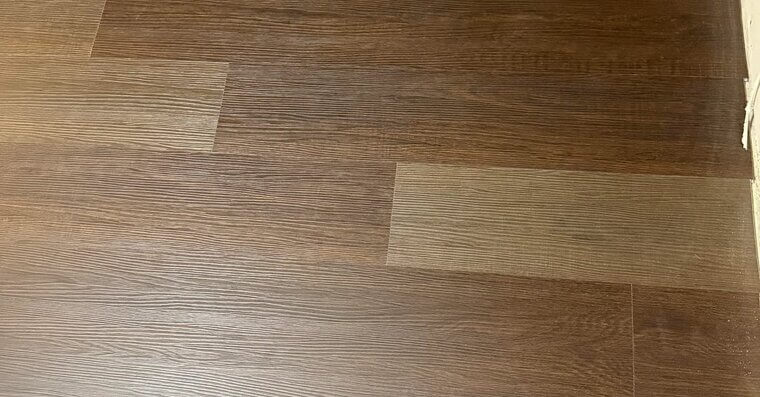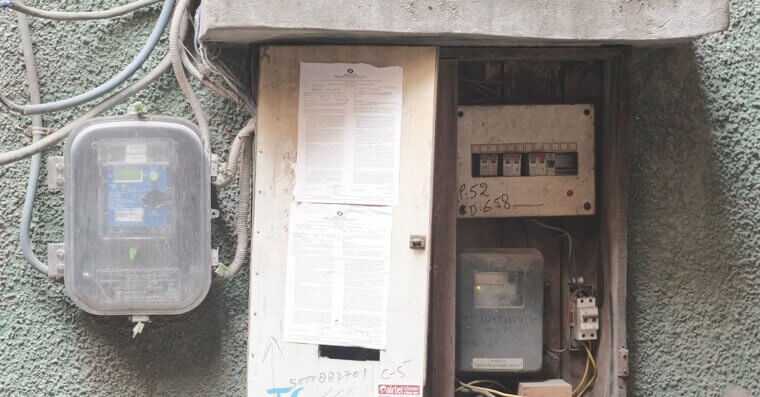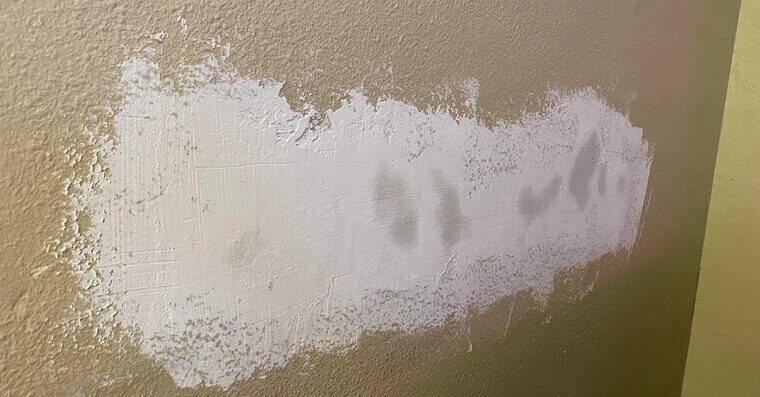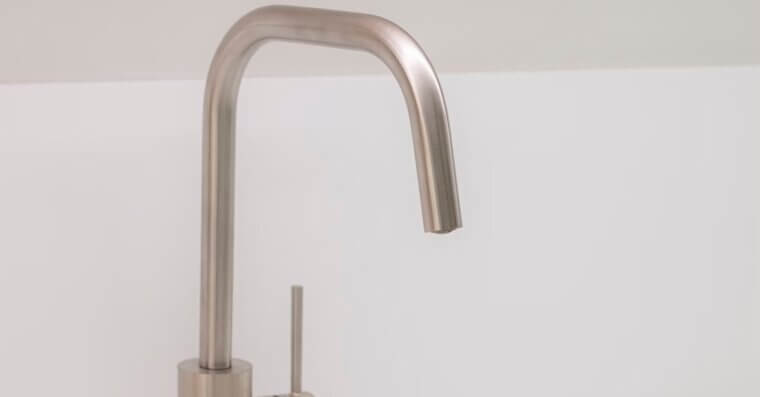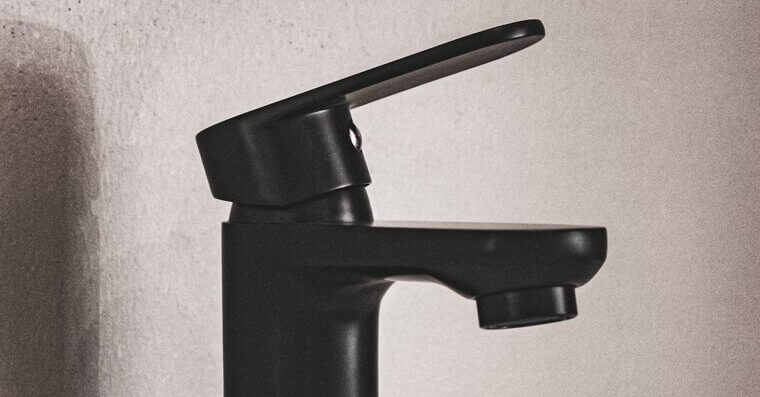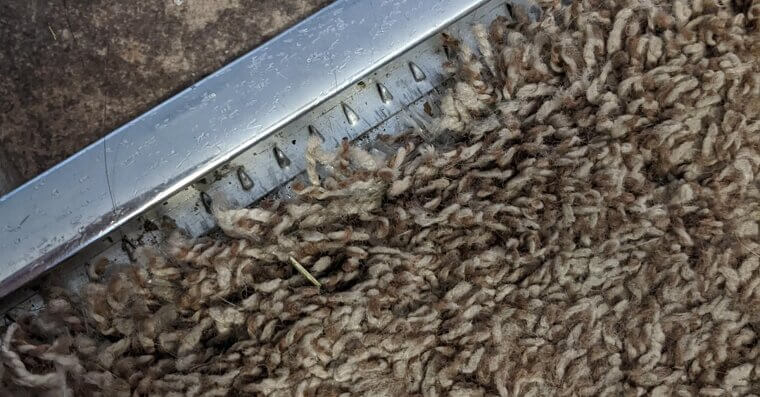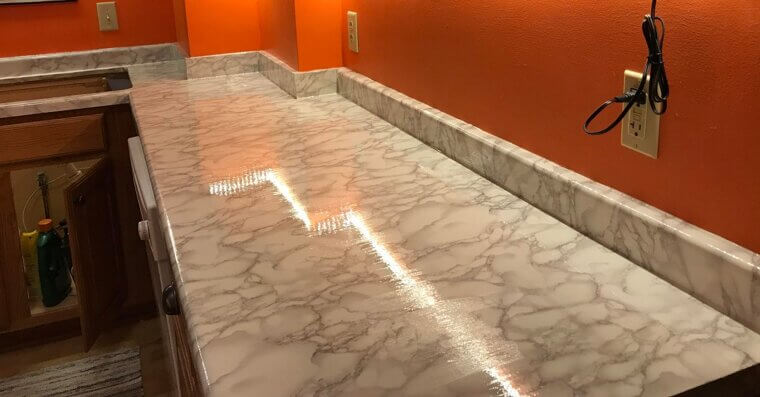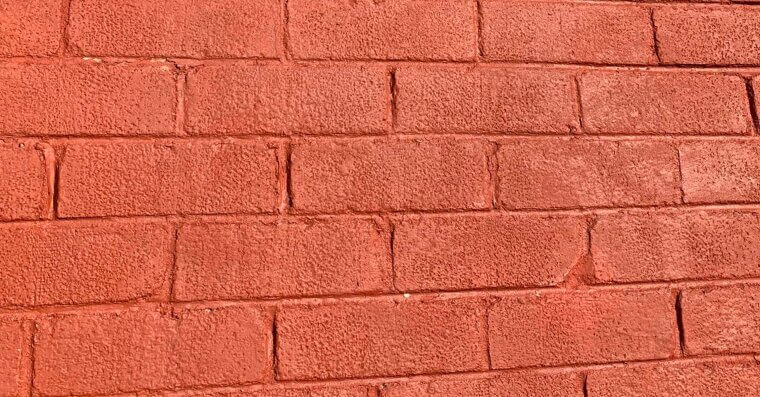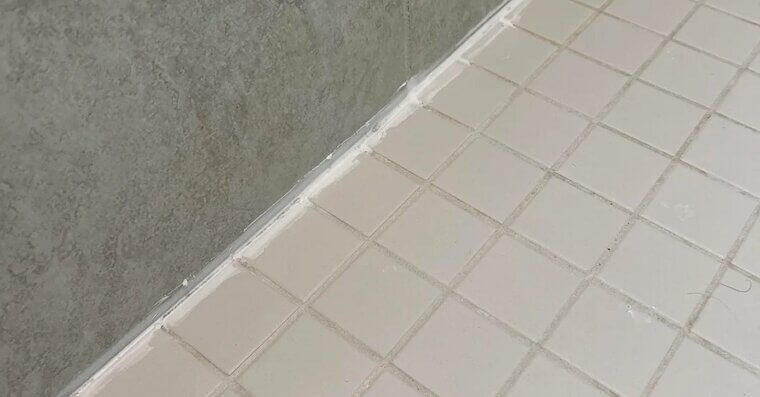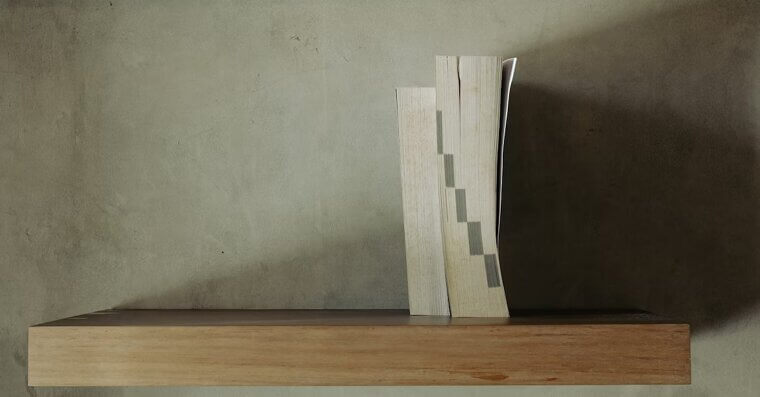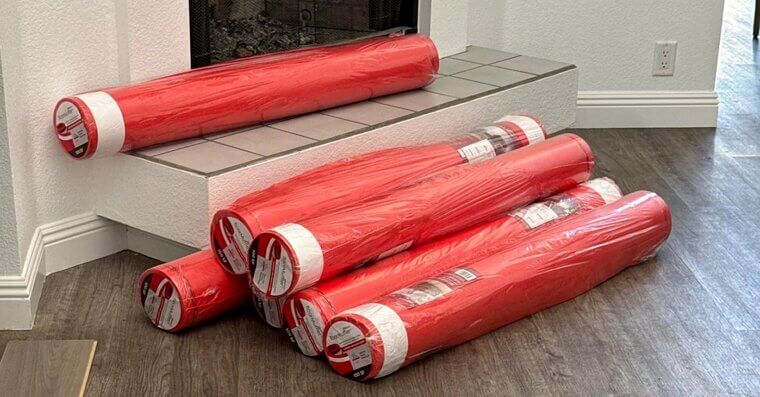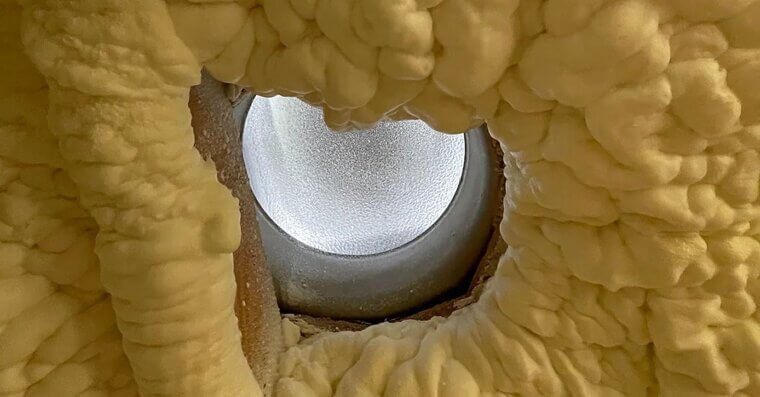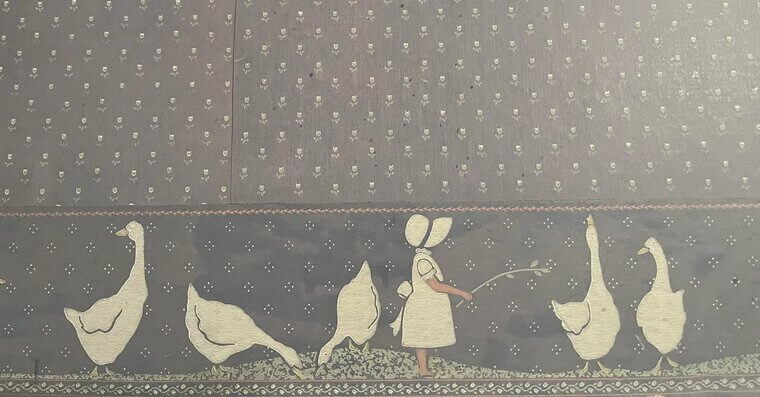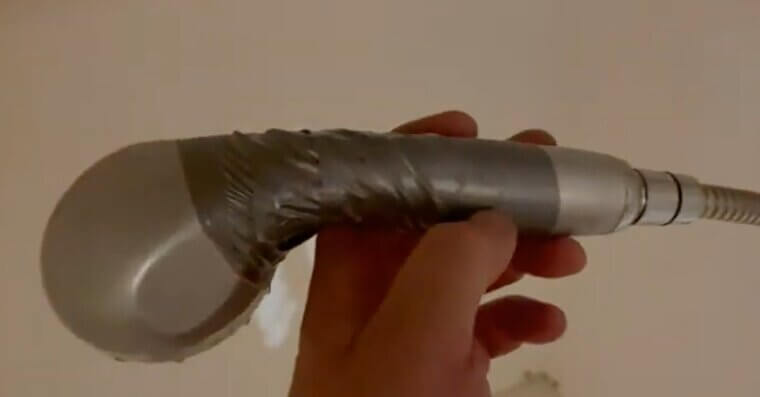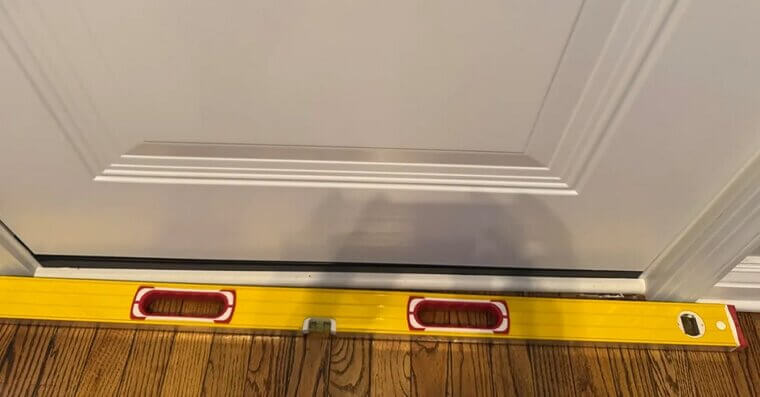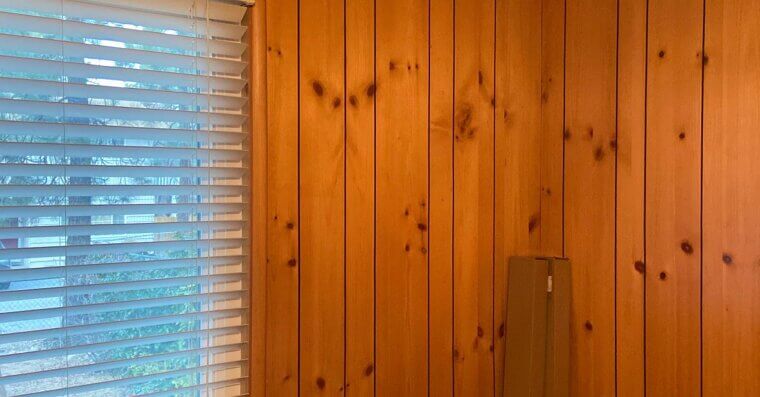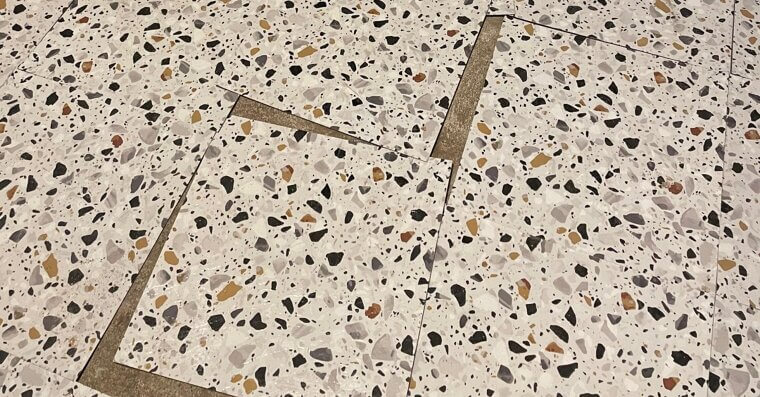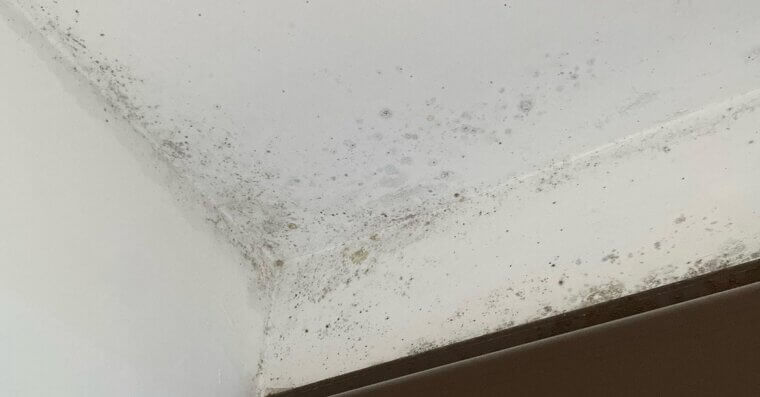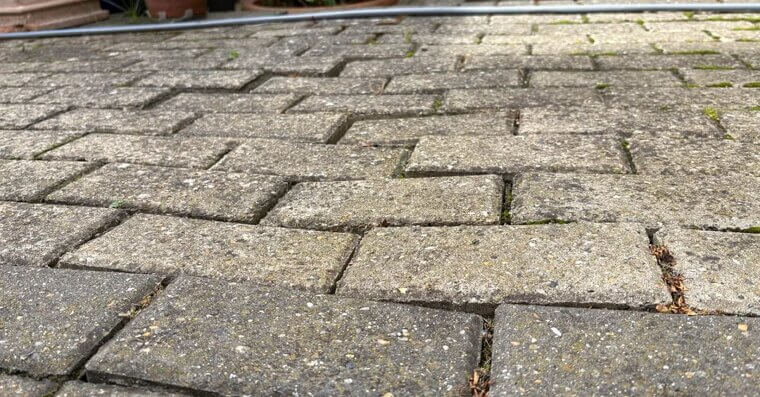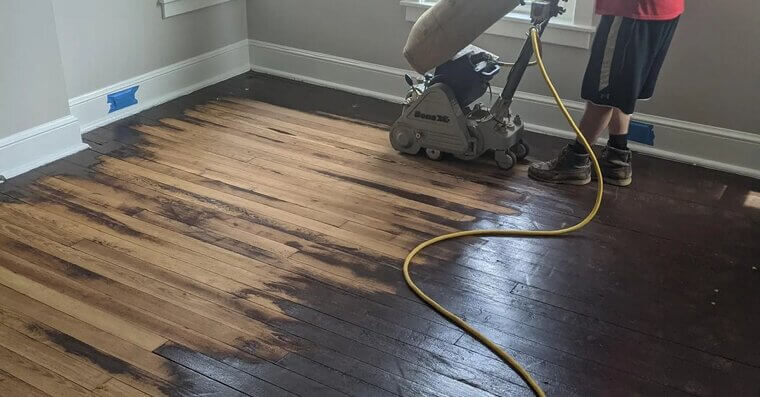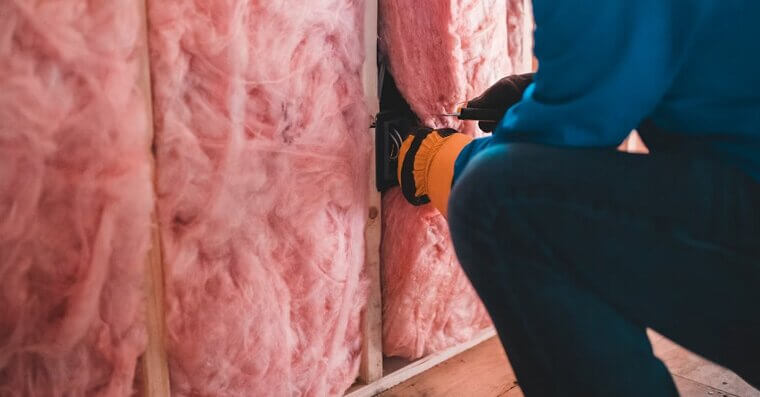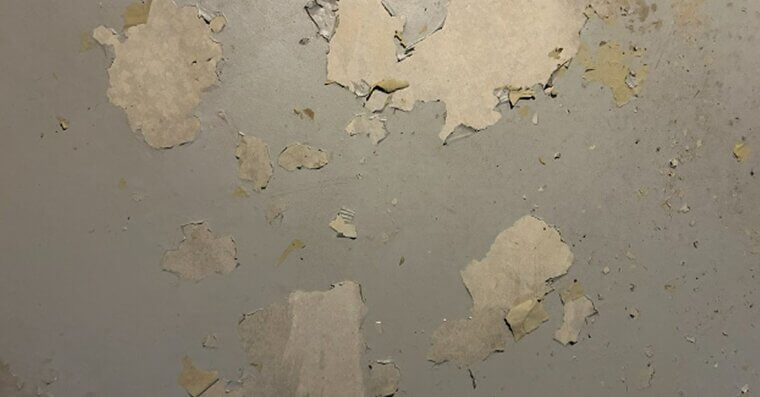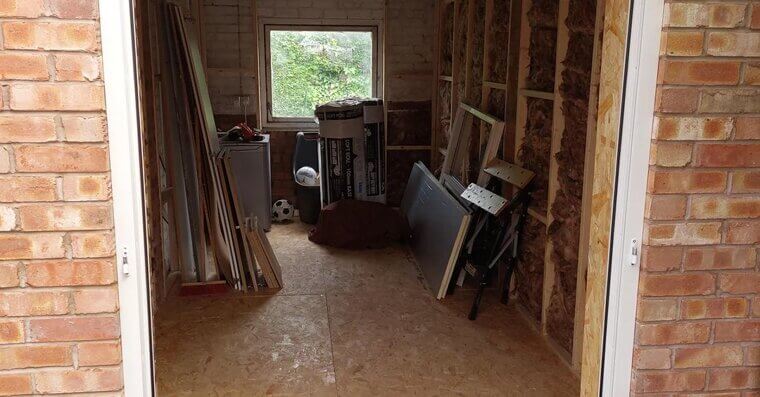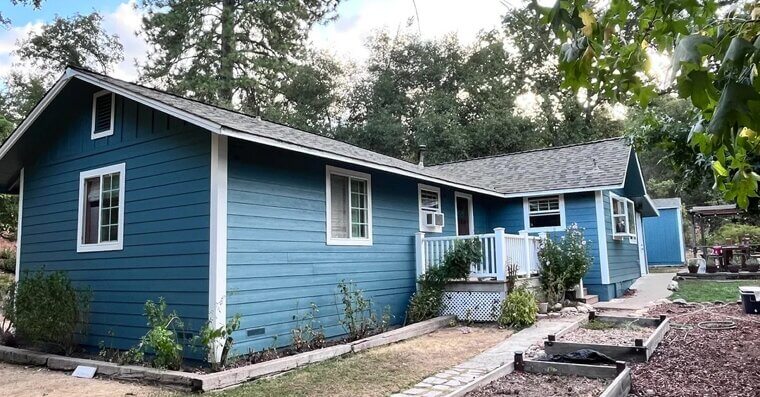DIY Stair Repairs
Uneven steps and loose railings are serious safety hazards. Buyers will notice right away, and inspectors won’t overlook it.
Painting Over Wallpaper
Painting over might seem faster than stripping wallpaper, but unfortunately it looks absolutely awful. Buyers can spot it instantly and see it as a mess they'll have to fix. Instead of saving time, you’re just adding another project to their to-do list.
Skipping Primer Before Painting
Sure, it saves a step, but paint without primer doesn’t stick well and chips quickly. Walls look blotchy, and colors fade unevenly. Buyers notice poor paint jobs right away.
Using Peel-And-Stick Backsplashes
They look cute in online photos, but in person they can really look awful. They peel, warp, and collect grime, and buyers know they’ll need to rip them out. A sloppy backsplash can make an otherwise nice kitchen feel like a low-budget DIY job.
Covering Damaged Floors With Rugs
Throwing rugs over scratches, stains, or warped flooring doesn’t fool anyone. Buyers will pull them up, and when they do, they’ll see damage that makes them question how well the rest of the house has been maintained. It’s better to repair than hide.
Sloppy Tile Grout Jobs
Uneven grout lines or grout smeared everywhere instantly cheapens the look of a bathroom or kitchen. Bad grout doesn’t just look horrible - it leads to moisture problems down the line.
Painting Kitchen Cabinets Without Proper Prep
Painting cabinets can be a great update, but skipping sanding, degreasing, or using the wrong paint leads to sticky, peeling finishes. Buyers won’t be impressed.
Using Cheap Laminate Countertop Overlays
Stick-on or “faux stone” overlays don’t age well. They bubble, peel, and show wear quickly. Generally, the people potentially buying your house would rather see an honest but outdated surface than a flimsy cover-up.
DIY Crown Molding With Gaps
Crown molding adds character when done right - but when cut unevenly, leaving gaps or awkward corners, it looks worse than having no molding at all.
Covering Popcorn Ceilings With Paint
Instead of properly removing textured ceilings, some homeowners just slap on a coat of paint and call it a day. It rarely hides the bumps and makes future removal harder.
Quick-And-Dirty Deck Staining
Skipping sanding or proper prep before staining a deck leads to uneven color and a patchy look. Buyers see it as a project that will need redoing right away. A weathered deck isn’t the turnoff - a sloppy finish job is.
Using Mismatched Flooring
Running out of one type of flooring and patching with another might feel resourceful, but it looks really sloppy.
DIY Electrical Work Without Permits
Adding outlets or fixtures yourself without permits is risky. Even if it looks fine, buyers (and inspectors) will catch unpermitted electrical work. Not only does it kill trust, but it can delay or derail a sale.
Patchy Drywall Repairs
Covering holes with a quick smear of spackle, then painting over, leaves bumps and uneven patches that stand out. Buyers notice the flaws under certain lighting and wonder what was being covered up.
Cheap or Mismatched Fixtures
Swapping fixtures can modernize a room, but using flimsy knockoffs or mismatched styles backfires.
Painting Over Old Hardware
Spray-painting door handles or faucets might look good for a few weeks, but it chips and scratches quickly. Buyers can spot the DIY hack right away and think the home’s updates are surface-level at best.
DIY Carpet Installation
Carpet that isn’t stretched properly, has visible seams, or bunches at the edges makes a home look sloppy.
Using Contact Paper on Surfaces
It’s fine for renters, but in a home for sale, contact paper on counters, shelves, or cabinets feels cheap and temporary. Buyers peel it up, find sticky residue, and aren’t amused.
Slapping Paint on Brick Fireplaces
Painted brick can look stunning—if prepped and sealed correctly. But rushing it without proper cleaning or primer leaves a blotchy, uneven finish. Worse, it’s nearly impossible to undo.
Using Too Much Caulk as a Fix-All
Caulk is great for sealing gaps, but using it to cover cracks, fill holes, or patch trim is a shortcut that stands out. Overused caulk makes it look like you’re hiding problems instead of fixing them.
Installing Floating Shelves Without Anchors
Floating shelves look fantastic - until they sag or tilt because they weren’t anchored properly. Buyers picture shelves falling the moment they put weight on them.
Skipping Underlayment for Flooring
Laying laminate or vinyl without underlayment saves money upfront but leads to noisy, uneven, or cold floors. Buyers who walk across creaky or hollow-sounding floors instantly know something was skipped.
Using Spray Foam for Everything
Expanding foam is handy, but when overused to fill gaps, cracks, or holes, it expands into messy blobs. Buyers notice it poking out around pipes or baseboards and see it as sloppy.
Slapping Wallpaper Over Old Wallpaper
Layering new wallpaper over old is tempting, but it creates lumpy seams, loose edges, and extra headaches for the next owner. It just feels lazy, really.
DIY Plumbing Fixes With Tape or Glue
Quick fixes like wrapping leaks in tape or gluing pipes might hold for a while, but inspectors and buyers spot them fast. Plumbing problems are red flags that could even lead to a potential buyer pulling out.
Misaligned Door Frames
Installing or rehanging doors without squaring the frame properly leaves sticking doors or uneven gaps. Buyers get frustrated when doors don’t close smoothly - it feels cheap and unprofessional.
Faux Wood Paneling
Slapping up stick-on faux wood panels for a “rustic” look doesn’t fool buyers. They can tell it’s cheap plastic, and it instantly dates the room.
Covering Old Tile With Stick-On Vinyl
Peel-and-stick vinyl over tile seems like a good idea to some, but it rarely adheres well. Edges curl, patterns misalign, and moisture makes it lift.
Painting Over Mold or Water Damage
Instead of fixing the problem, some people paint over mold or stains and hide it temporarily. Never do this – nobody will be impressed.
Uneven Paver Patio Installations
Laying a patio without properly leveling or using a base leads to wobbly pavers, weeds, and puddles. Buyers see it as unsafe and sloppy, and redoing hardscaping isn’t cheap.
Painting Floors Without Prep
Painted floors can look trendy (though they’re going out of fashion) but not when prep is skipped. Without sanding and sealing, paint chips fast and looks awful.
Using Shortcuts on Insulation
Stuffing insulation haphazardly into walls or attics doesn’t do much for energy efficiency. Buyers look at utility bills and ask questions. Poor insulation jobs are obvious during inspections, and they hint at hidden problems with the home’s structure.
Covering Concrete With Paint
Painting over cracked or stained concrete might look fresh for a week, but it peels, flakes, and highlights imperfections. Proper resurfacing or sealing is always better than slapping paint over problems.
DIY Room Conversions Without Permits
Turning a garage into a bedroom or basement into a “living space” without permits hurts resale. Buyers can’t count unpermitted rooms in square footage, and it raises red flags.
Sloppy Exterior Paint Jobs
A rushed paint job with drips and uneven coverage cheapens curb appeal instantly. Buyers (and everyone else for that matter) make snap judgments based on the exterior.

